Table of Contents
Happy June! The sun is shining, the school year is winding down, and I’m excited to share a new post in our series on using a single resource in several ways. June’s featured resource is The New York Times!
Specifically, we’ll be looking at The Learning Network, a comprehensive set of thoughtful tools that The New York Times offers to educators for free (but you may need to create an account!). They are ideal for high school and middle school students, and many can also be adapted to use with older elementary students.
The Learning Network is bursting with high-quality materials—to the point that the options can get overwhelming! So let’s narrow it down and look at five ways to use them in your speech therapy sessions:
Contests, Contests, and More Contests
Every year, The Learning Network offers a variety of contests designed specifically for students, ranging from a tiny memoir personal narrative contest, to a “how to” informational writing contest. There’s even a review contest that invites students to choose 3–5 works of art or culture, group them in a specific way (e.g., “Four Sci-Fi Movies That Even People Who Hate Sci-Fi Will Love”), and write a compelling argument for why they are (or aren’t!) worth checking out.
Contests provide authentic learning opportunities, and the options offered by The New York Times could address personal narrative, fact vs. opinion, vocabulary, syntax, describing, sequencing, categories, comparing/contrasting, and more. Contests are also excellent for developing executive function skills, including planning, organizing, and time management!
The best news is that students don’t need to officially enter the contests to enjoy their benefits—you could hold “practice contests” instead, which would allow you the freedom to alter the dates, simplify the directions, adjust the rules, or make any other necessary changes. You could even abandon the idea of a contest altogether, and simply use them as writing or discussion prompts. (Side note: although most of the contests focus on writing, nearly all of them could work just as well with oral language.)
If you explore inviting students to actually enter a contest, be sure to get parental permission, follow your employer’s guidelines, and be cautious about privacy.
What's Going On in This Picture?
If I could only use one speech therapy resource for the rest of my life, I would choose picture books. But What’s Going On in This Picture? would be a close second! This engaging and flexible tool presents a photo from a recent story in The New York Times without commentary or a caption, and students attempt to figure out what’s happening in the photo and why.
My favorite way to use this resource is to introduce or practice context clues, inferences and predicting, but it’s also excellent for describing and narrative (students could create a story about what they see!). With strategic image selection, you could even use it for conversation-level articulation practice (e.g., this picture would be perfect for the /k/ sound!).
After students have discussed the photo and guessed what’s going on, they can check “The Reveal” to learn more about the actual story behind the picture—and this becomes an opportunity for more research and a variety of extension activities, depending on the topic of the photo.
What’s Going On in This Picture is wonderful for mixed groups, and students of all ages seem to love it (just keep in mind that some of the photos involve mature themes and may not work well for younger students). This resource could even be posted as a “photo of the week” in school hallways, to inspire discussions among students as they wait in line, etc.
Everyone Has an Opinion
The Learning Network also publishes weekly opinion-focused questions that make great discussion starters or writing prompts. Some of the topics are happy (What’s Your All-Time Favorite Toy?), some are haunting (How Did Covid Change You?), some are hopeful (Who Most Inspires You?), and they all offer opportunities for students to reflect on their own thoughts and ideas.
As students discuss or write answers to the questions, they can also work on goals related to fact vs. opinion, supporting details, fluency strategies, topic maintenance and more. They could also look through the (moderated!) comments section, and compare and contrast their responses with responses from other students around the world.
Many of the student comments are very thoughtful, and could be useful as “mentor texts” to jump start a discussion, especially in a group with students who are hesitant about sharing their opinions.
Film and Podcast Club
In 2024, The Learning Network expanded their long-running film club to include podcasts, and there’s a vast amount of high-quality content to explore! I especially love how the featured short films and podcast episodes tend to dig into niche topics; e.g., what kind of cookies Cookie Monster eats on Sesame Street.
Students could take notes while watching a film or listening to a podcast, then practice discussion skills, sequencing, retell, main idea and detail, and answering wh-questions.
And if students get inspired by the experience of being podcast listeners, they may want to collaborate on creating their own film or podcast—a challenging and authentic way to work on executive function and social communication skills. There’s an excellent episode of the Talking with Tech podcast that gets into the specifics of how to do this. I highly recommend giving it a listen!
As you use The Learning Network’s film or podcast content with your caseload, keep in mind that most of it is geared towards older students, and some of it touches on sensitive and/or controversial topics. Be sure to preview any film or episode fully before sharing it in a session!
Word of the Day
Effective vocabulary instruction is complex: it addresses multiple aspects of a word, it demonstrates how a word’s meaning shifts according to context, and it requires many encounters with a word over time. This type of instruction is especially important for students who may not have access to language-rich interactions through activities like independent reading.
If you want to increase the impact of your vocabulary instruction, but aren’t sure where to start, The Learning Network has you covered with its Word of the Day feature! It provides multi-faceted information about each word, including definition, usage example from an article in The New York Times, pronunciation, and a link to more usage examples.
In addition to the word of the day, you may also want to check out The Learning Network’s 15-Second Vocabulary Video Challenge and their vocabulary-in-context quizzes.
Bonus: Free Professional Development
If you want even more ideas for how to use the Learning Network’s content with students, you may want to check out its library of free webinars, covering topics like Personal Narratives from the Newsroom to the Classroom, Writing for Podcasts, and Exploring How The Times Can Be Accessible for Every Learner (and many more!).
And if you’re looking for even more digital materials that can be used with a variety of age groups and goal areas, consider signing up for a Digital SLP membership! Click here to learn about our resources.

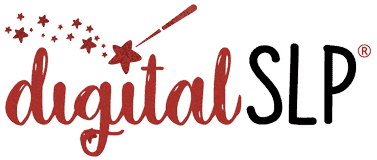
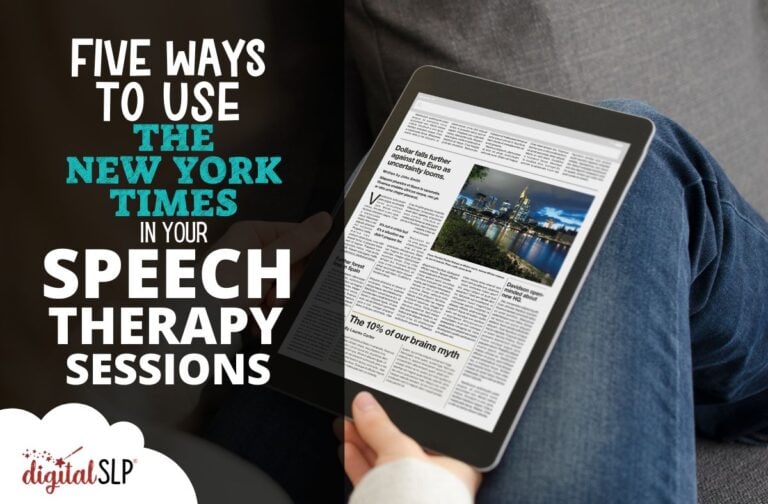
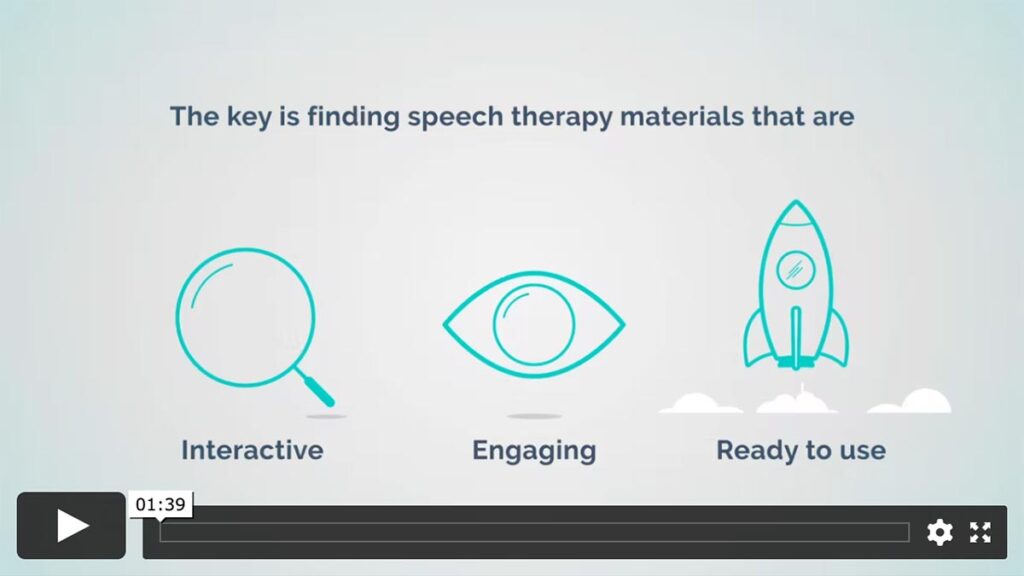


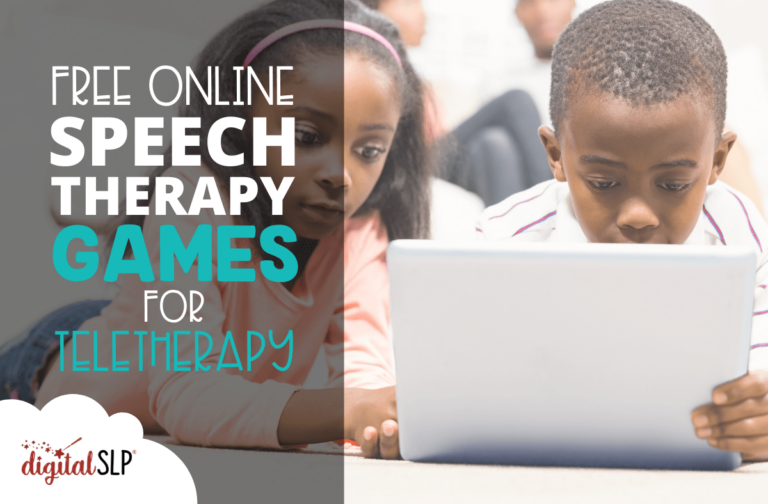
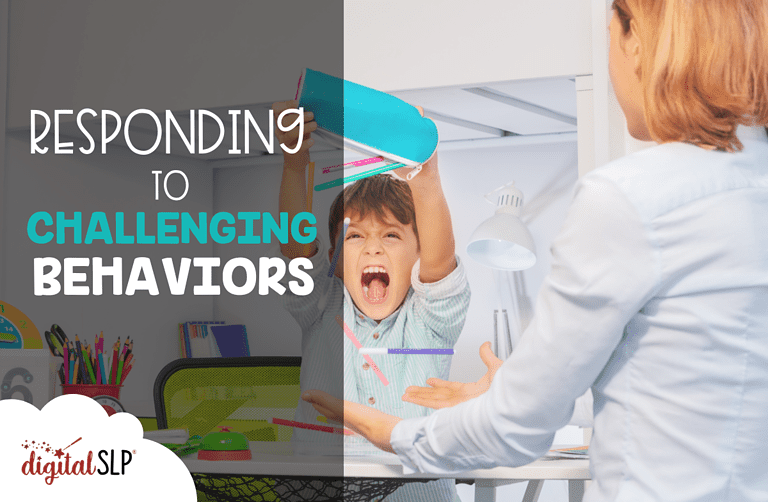



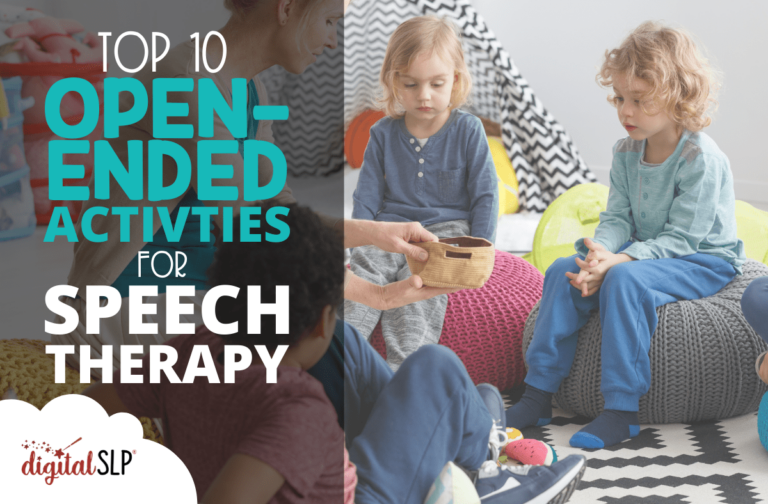

Recent Comments